From generation to generation, starting in 1950 and continuing today, one of the most important sites on the map of the Jewish community in Southern California was a stretch of rolling hills in Simi Valley.
The story is richly told in the pages of “The Brandeis-Bardin Institute: A Living History” by Jenna Leventhal (American Jewish University, $30), an “official” history. Published by the university that now owns the property, it is predictably upbeat but also, at moments, candid and forthright about the birth pangs and growing pains of a Jewish institution.
The key figure in the saga is Shlomo Bardin, a man who loomed large not only in the program he founded but also as one of the most charismatic Jewish leaders of his generation. Born in the Ukrainian town of Zhitomir in 1898, he served in the Red Army before making aliyah to what was then British-ruled Palestine. He pursued his university studies in Berlin, London and New York, always intending to return to Palestine to participate in pioneering the Jewish homeland. But it was in the United States that he was inspired in his life’s work by a fortuitous conversation with Supreme Court Justice Louis D. Brandeis.
“I was eager to win him over for my project — my [Haifa] technical high school, my [Haifa] nautical school, but I failed,” Bardin later recalled. “Instead he talked to me about a subject about which I know little and in which I am not at all interested — the young American Jew.”
So it was that Bardin opened a camp in 1941 to teach young American Jews about their heritage and destiny, first in New England, then in the Pocono Mountains on the Pennsylvania-New York border, and finally on a 2,200-acre site in Simi Valley. After the death of Brandeis in 1941, Bardin named the program he had founded after his mentor — the Brandeis Camp Institute (BCI) — and it was among the rolling hills near Santa Susana, Calif., that his vision was finally and fully realized.
Still, the news out of Palestine in the late 1940s did not endear the pioneers of BCI to its neighbors, who feared the camp would be used to train Jews to carry out “sabotage and terrorism in Palestine.” Bardin felt compelled to confront the rumors: “[T]here will be no thoughts of sabotage in this cultural institute,” he explained; rather, it would be a place where campers “are not being trained for Palestine, but rather for America.”
Indeed, BCI quickly rooted itself in the Jewish community as a place where children, adolescents and adults could celebrate their heritage through study and prayer, singing and dancing, sports and recreation. “Jews do not go to [Brandeis] because they cannot go somewhere else, nor do they come to Brandeis in the continued fight for Jewish rights,” explained UCLA philosophy professor Abraham Kaplan, one of the steady stream of guest speakers who flocked to BCI over the years. “It was the first time that I had encountered a large group of other Jews who were together just to enjoy their Jewishness.”
Leventhal’s “Living History” will appeal to alumni of Camp Alonim and other participants in the rich and diverse programs at Brandeis-Bardin Institute, as it was renamed after Bardin’s death. Indeed, the book is a kind of scrapbook, full of nostalgic photographs and endearing anecdotes. But it is also a smart and discerning institutional history that sheds light on the controversy that attached to various successors to Bardin, including (now Jewish Journal columnist) Dennis Prager (“[T]he board became divided over the very specific brand of Judaism that Prager was imparting”), Ronald Brauner (“By his second visit to Brandeis, he had ‘fallen in love with the place,’ ” but he was reportedly “done in by a dispute”), and Deborah Lipstadt, the distinguished Holocaust historian who tendered her resignation after a board-mandated reorganization that, she feared, “would ultimately lead to administrative chaos.”
Leventhal also touches briefly on some of the vexing problems that surfaced in the otherwise paradisiacal home of BBI. Leakage of radioactive contamination from the nearby Rocketdyne test facility, for example, that raised concern not only for the safety of children who attended Camp Alonim but also for its impact on the value of BCI’s real estate. Then the Northridge earthquake of 1994 brought down the historic Main House, a landmark structure that had served as “the physical heart of the property.” Nearly 50 years after BCI opened, the building (or re-building) of Brandeis-Bardin started anew.
Even in the darkest moments, however, Shlomo Bardin’s words provided some inspiration: “No matter how difficult a project seems to you, you must start it,” he would say, paraphrasing the Pirkei Avot. “You may not finish it, but the important thing is that you started.”
In 2007, the University of Judaism, located in the Sepulveda Pass, formally merged with BBI to become the American Jewish University (AJU), with the latter now called the Brandeis-Bardin Campus of AJU. Leventhal insists, however, that the vision and energy of its founder are still at work in the hills of Simi Valley.
“Remove all of the influence and substance generated by Brandeis-Bardin, and suddenly Jewish American life looks markedly different,” she concludes, “less vibrant and less able to maneuver the ever-changing currents of Jewish life in the twenty-first century.” To the author’s credit, and to the credit of the benefactors who supported the publication of this book, those “ever-changing currents” include not only the high-water marks but also some of the eddies and shoals along the way.
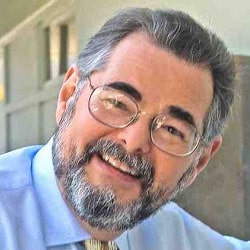






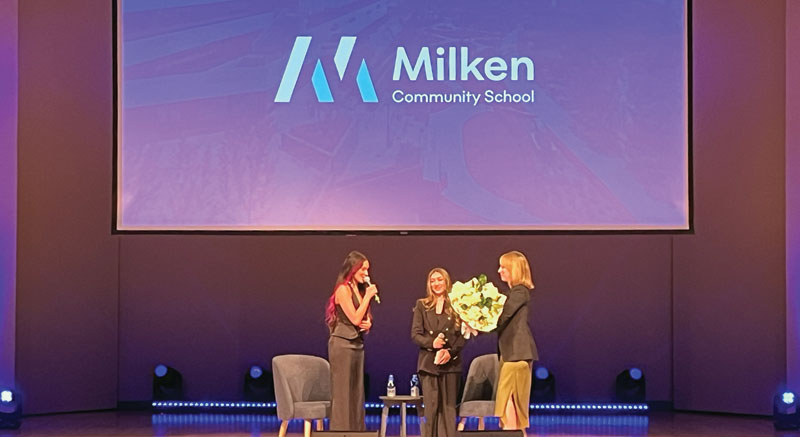
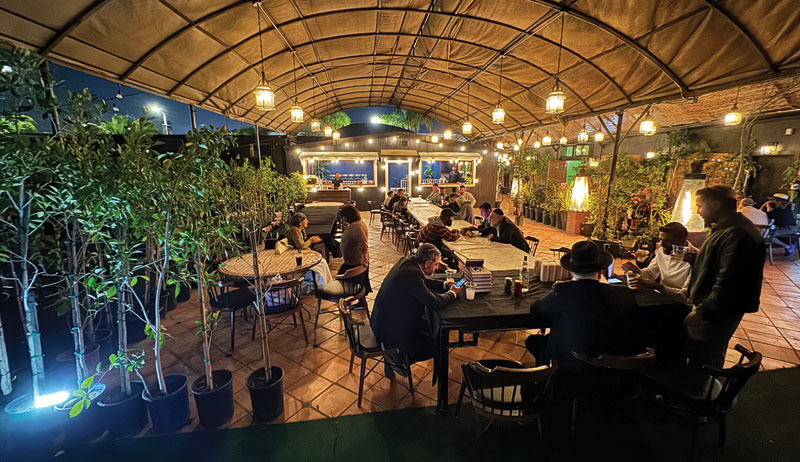
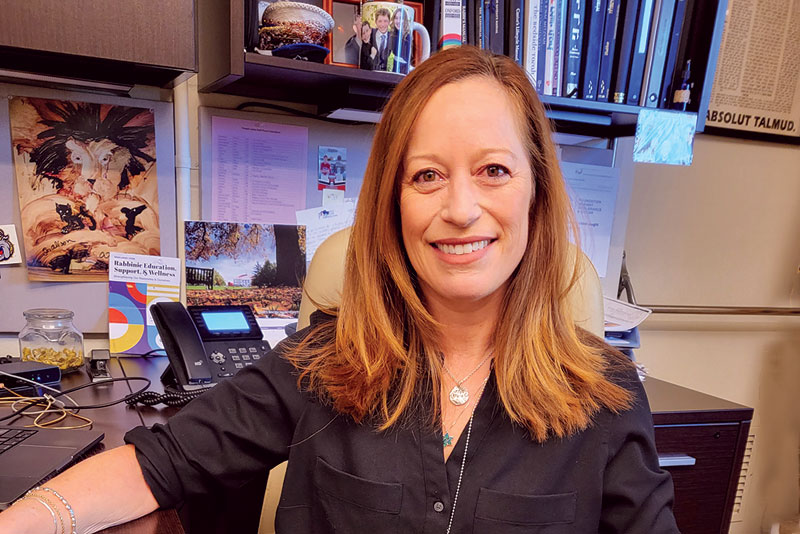
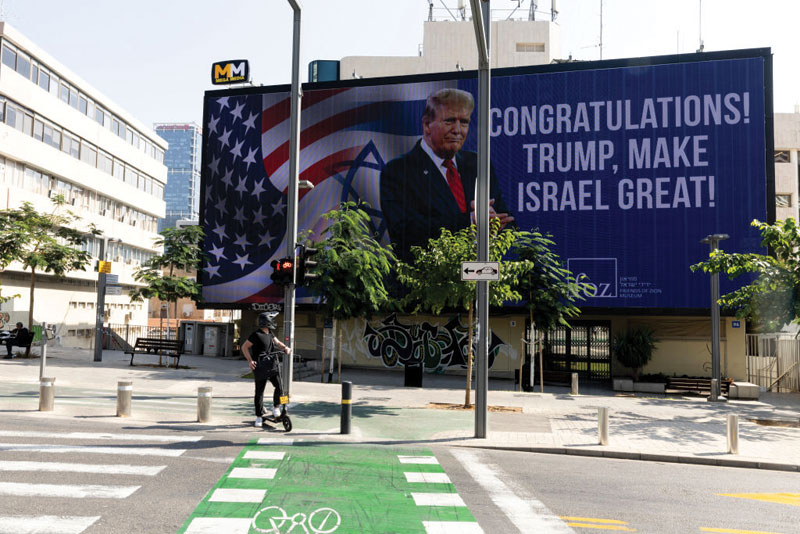
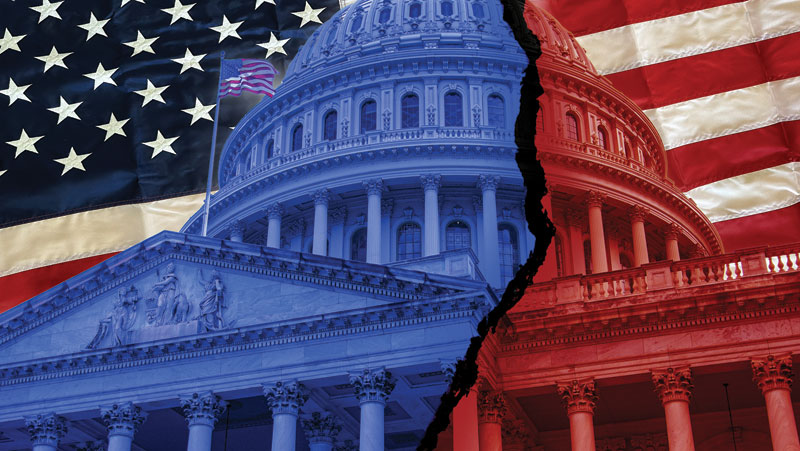
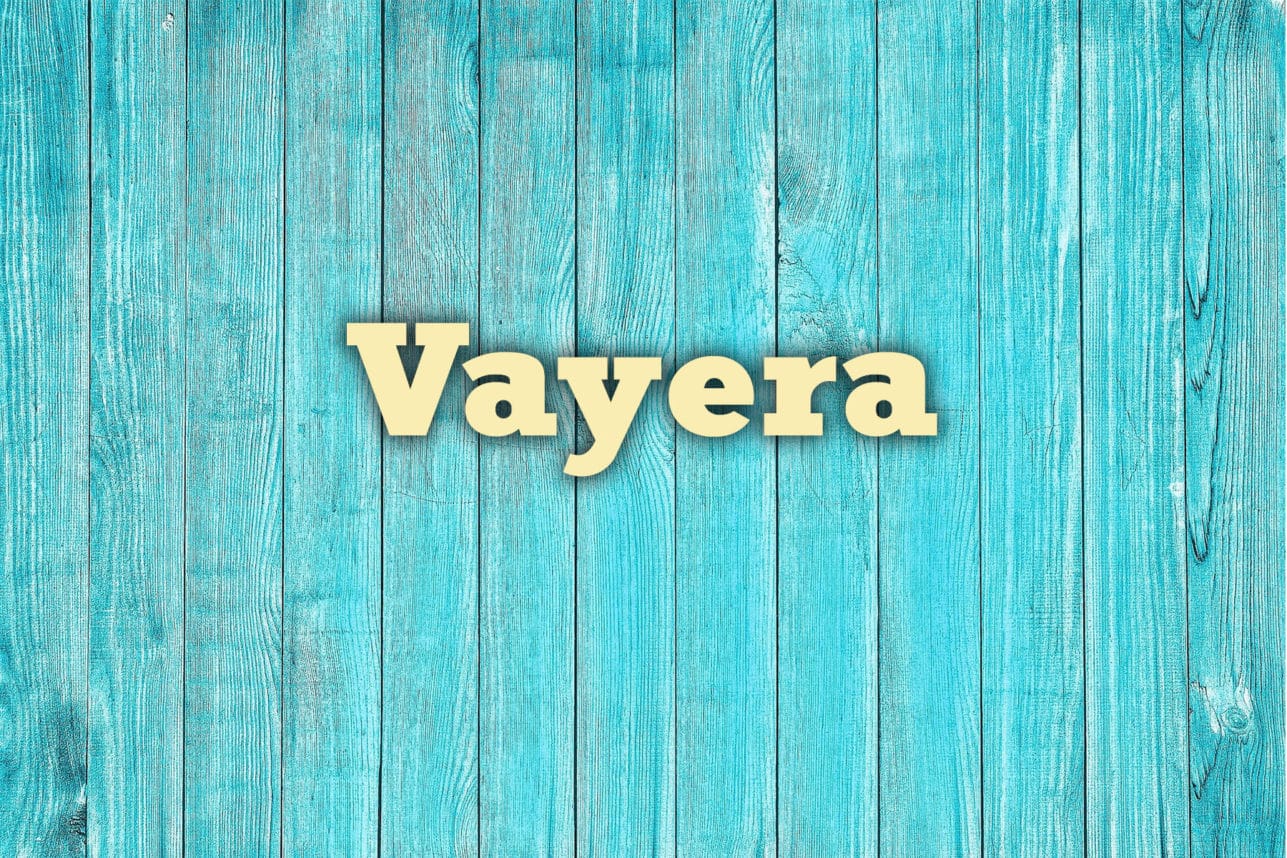
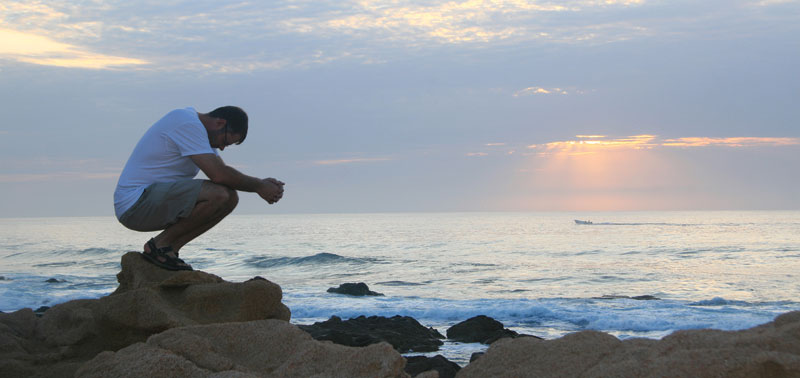

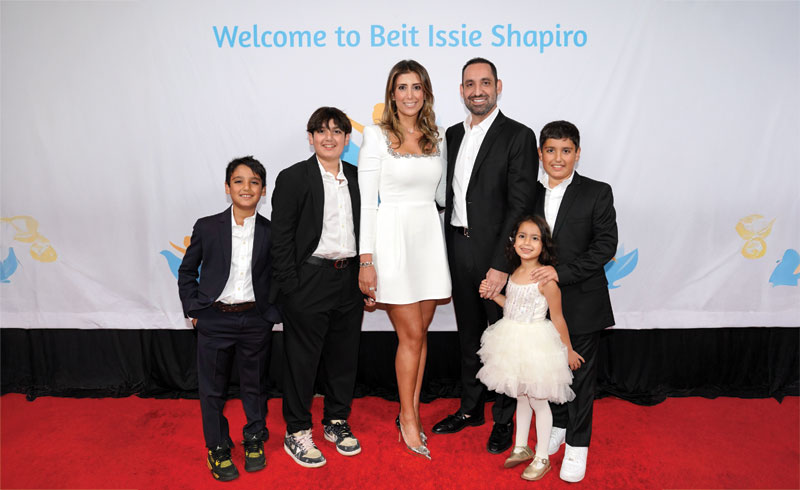

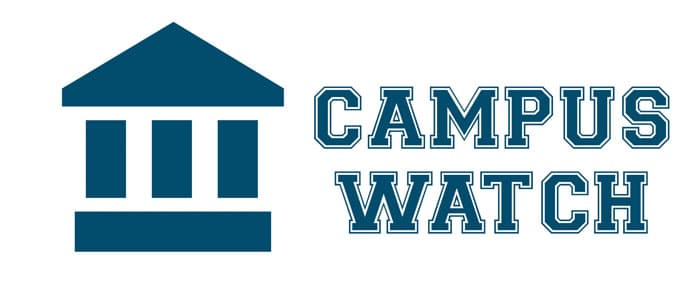





 More news and opinions than at a Shabbat dinner, right in your inbox.
More news and opinions than at a Shabbat dinner, right in your inbox.